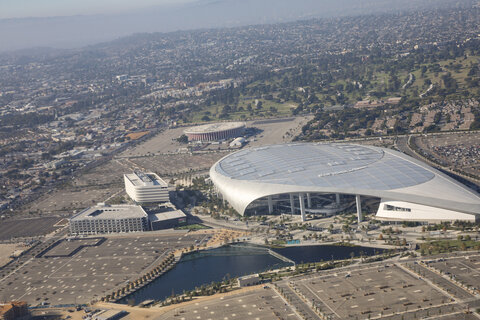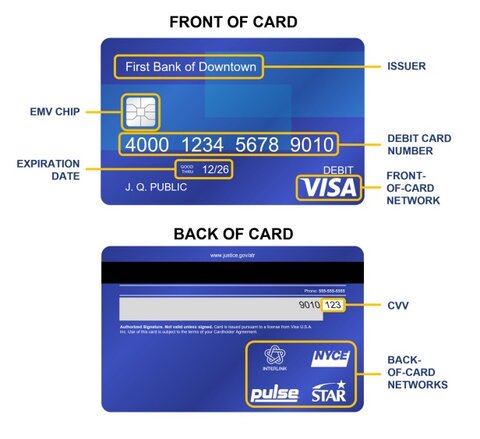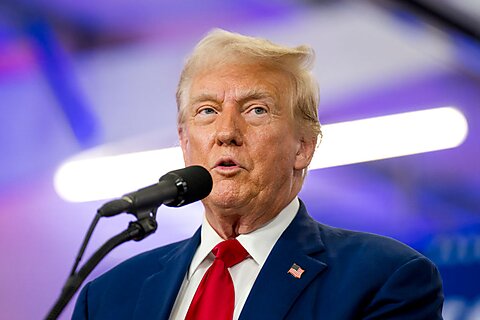
Is the Federal Transit Administration Fighting Climate Change or Subsidizing Pro Sports Teams?
The Federal Transit Administration’s latest Capital Investment Grant dashboard shows that it intends to award over $1 billion for a people mover project in Inglewood, California. While the 1.6‑mile automated train line may be empty most of the time, it is expected to ferry thousands of fans to football and basketball games when the Clippers, Chargers, or Rams are playing. The impending grant undermines the narrative that federally funded transit construction is needed to halt the climate catastrophe. Instead, this grant appears to be more of a gift to wealthy owners of professional sports teams.
According to the FTA’s project profile, the Inglewood Transit Connector is expected to handle an average of just 4,300 rides daily, which is well within the capacity of buses. With a projected capital cost of $2.02 billion (50 percent of which will be federally funded), the capital cost per average daily rider works out to almost $470,000—that is several times higher than such other FTA-supported transit projects as New York’s Second Avenue Subway, and Chicago’s Red Line Extension.
Over the course of a year, the Connector will displace a relatively small number of car trips. And a large proportion of these trips would otherwise be completed by electric vehicles, which are far more popular with high-income Californians than drivers elsewhere. As a result, the greenhouse gas emissions savings from the project will be minimal, especially because they will be offset by emissions generated during the construction of 1.6 miles of overhead track.
Even local Representative Maxine Waters (D‑CA) has come out against the project, citing both costs and the threat to local small businesses. In a letter to Transportation Secretary Pete Buttigieg, Waters noted that eminent domain may be needed to displace more than forty businesses along the connector’s route.
Average daily ridership may be low, but on game days, project sponsors hope that thousands will use the connector to get from the Downtown Inglewood Metro Station to SoFi Stadium or the Intuit Dome. This may be a good option for many fans because parking during major events can cost up to $150.
The opportunity to avoid high parking costs could attract more fans to attend games (as well as concerts) and buy more concessions while at the stadium or arena. This means more revenue for the teams and the well-heeled individuals who own them. Former Microsoft CEO Steve Ballmer owns the Intuit Dome and the LA Clippers. Real estate magnate Stan Kroenke owns the Rams and built SoFi Stadium.
While there is no need to begrudge the success of these billionaires, it is not unreasonable to observe that they have the financial means to convey fans to their facilities. The Walt Disney World Monorail System in Florida is illustrative of how private players can provide public transportation when their venues are involved. That system comprises 15 miles of track and serves over 100,000 passengers daily—more than an order of magnitude greater than the forthcoming Inglewood system. If the project were to be privately built, we can be confident that the cost would be lower than the more than $2 billion currently projected.
But assuming the project moves forward, there is one silver lining. The Inglewood Transit Connector would be the first driverless public transit system in the Continental United States that does not directly serve an airport. It could thus provide a precedent for future projects that lower operating costs through automation.



